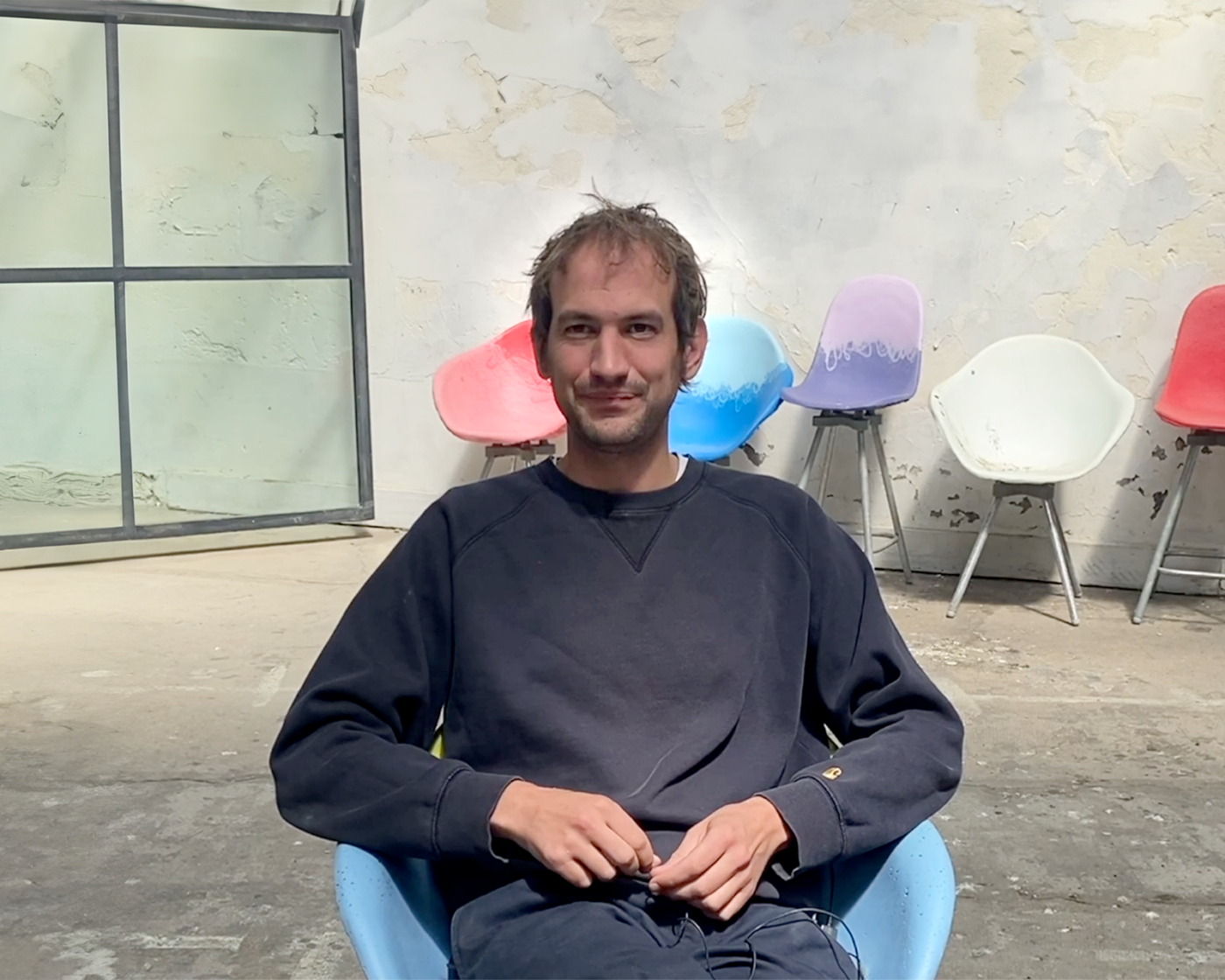Animistic Intelligence: the In-Between Network of the Living and the Machine
Nature returns to the city, but can this new relationship with the living influence the very processes and materials of architecture? As early as the 1960s, the avant-gardes explored the ties between the intelligence of machines and that of the living, it is now possible to hybridize organic and synthetic materials, opening up an experimental field between biodesign and computer science, to create alternative biomaterials, as well as bio-inspired morphologies, in a symbiosis between the natural and artificial which is key to a more symbiotic relationship with our environment.













